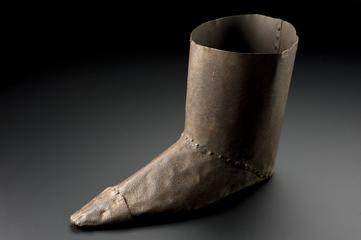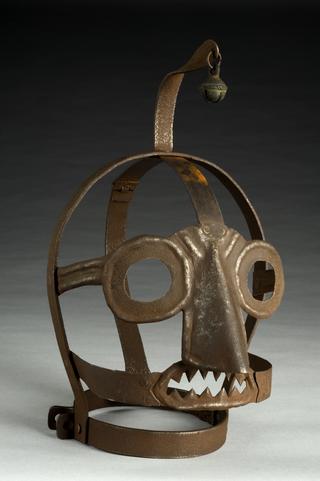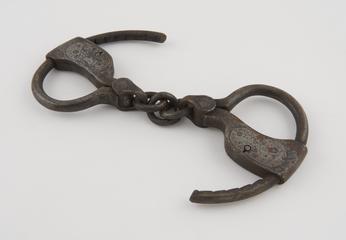
Ivory bust of General Wallenstein, Europe, after 1634
- Made:
- after 1634 in Europe










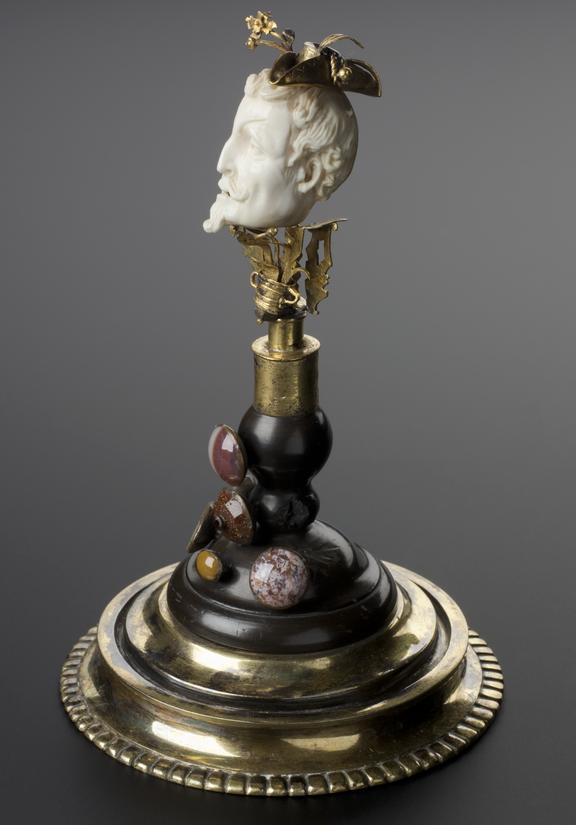

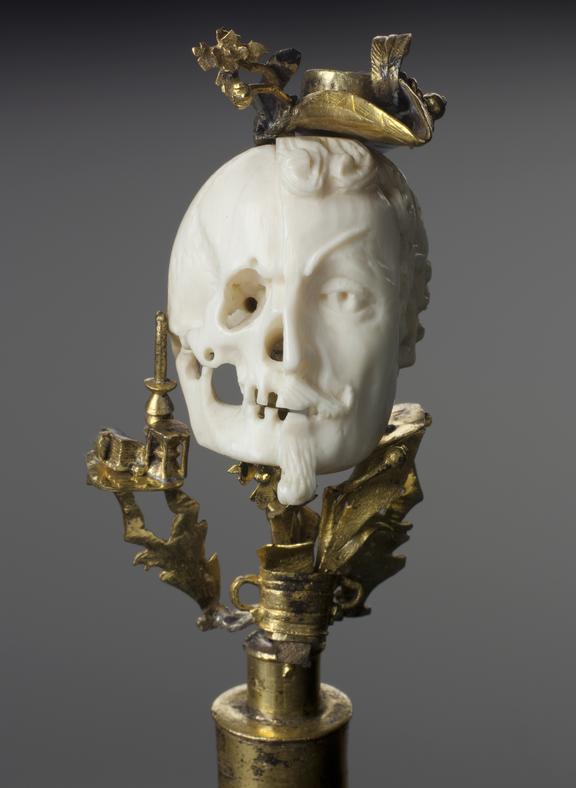


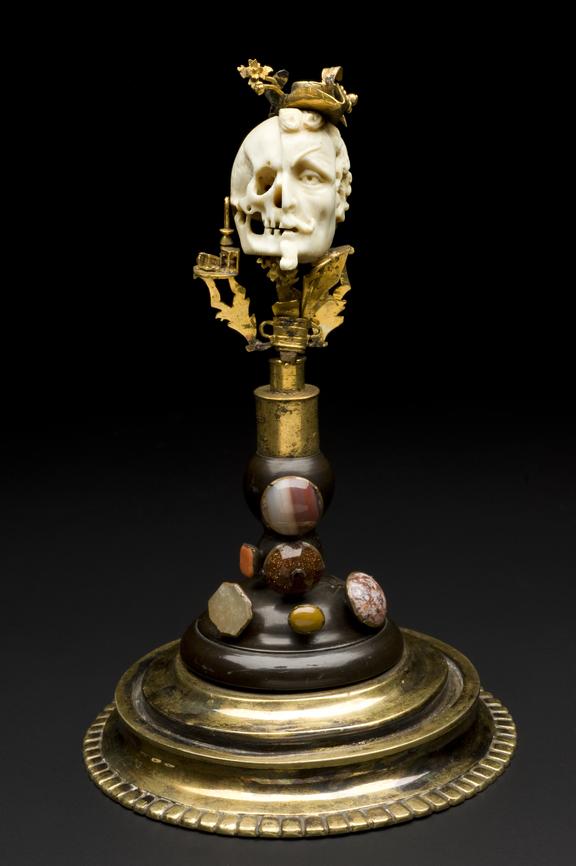
Ivory bust of General Wallenstein, a memento mori of half skull half head, mounted on an ebony and metal stand studded with stones from his tomb
Memento mori figures were used to remember the dead and illustrate the fragility of life. In this example, soldier and statesman General Wallenstein from Bohemia, the modern day Czech Republic, is surrounded by objects illustrating the transience of life. These include sand timers, skulls and books. Half of his face has been stripped away to reveal the skull. The stand is studded with a semi-precious jewel reputedly taken from his tomb.
Albrecht Wenzel Eusebius von Wallenstein (1583-1634) was a general of the armies of Holy Roman Emperor Ferdinand II during the Thirty Years War (1618-1648). This was mainly a religious war between Protestants and Catholics in Europe. However, it was also about political supremacy. Wallenstein was assassinated in 1634 after being accused of high treason.
Details
- Category:
- Wellcome (general)
- Collection:
- Sir Henry Wellcome's Museum Collection
- Object Number:
- A135809
- Materials:
- metal, agate, ? material, garnet, ? material, coral, ? material, jade, ? material and ivory
- Measurements:
-
overall: 170 mm 110 mm, .247 kg
- type:
- bust and memento mori
- credit:
- Kurtz

